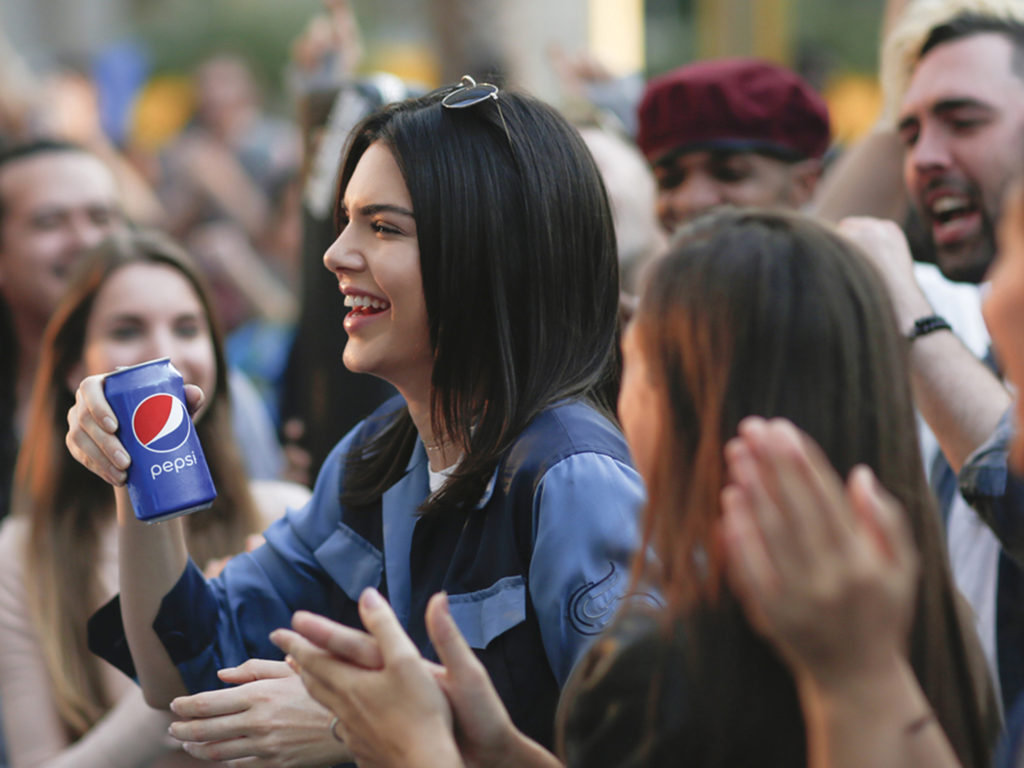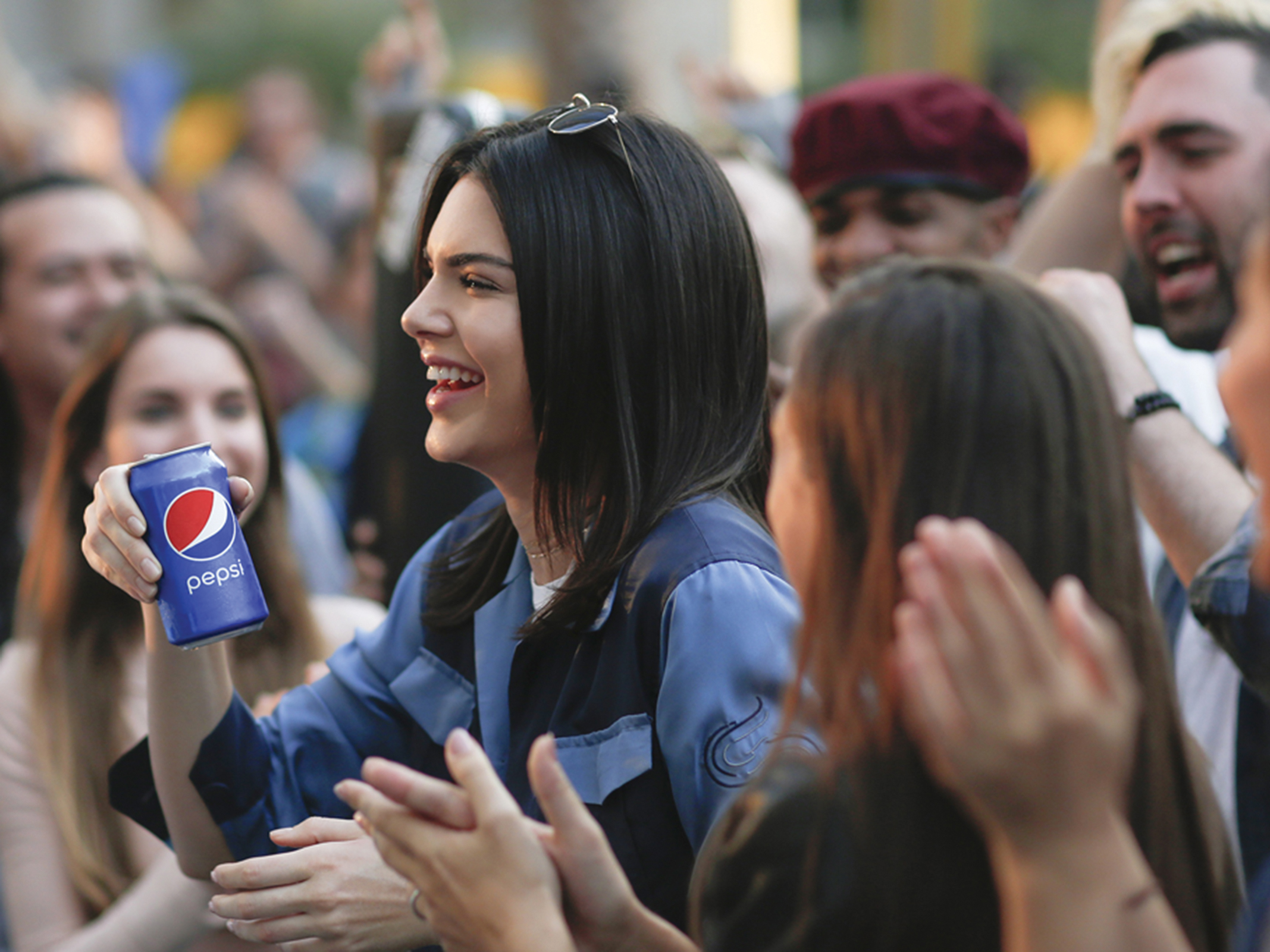
On Wednesday, April 5, Pepsi pulled its controversial “Jump In” ad just a day after its release due to a gargantuan amount of public backlash. The ad features Kendall Jenner (model and reality TV star), and a group of protesters marching through the street, culminating in a scene featuring a police officer accepting a can of Pepsi from Jenner, leaving protesters cheering with approval. Following the release of the ad, viewers were irate, claiming that the ad appropriated the Black Lives Matter (BLM) movement as well as other social justice protests, and further created an unrealistic illusion of peace and harmony in the face of police brutality.
Countless viewers, including high profile celebrities, publicly spoke out against the ad on social media, labeling the ad as tone deaf. Bernice King, daughter of Martin Luther King Jr., drew attention to the its shortcomings by tweeting, “If only Daddy would have known about the power of #pepsi,” alongside a picture of her father being restrained by white police men. In addition, Deray Mckesson, a BLM activist, also spoke out against the ad by tweeting, “If I had carried Pepsi I guess I never would’ve gotten arrested. Who knew?”
Following the colossal amount of criticism, Pepsi released the following statement in response: “Pepsi was trying to project a global message of unity, peace and understanding. Clearly, we missed the mark and apologize.” What I can’t seem to understand is, if Pepsi really was trying to send a global message of unity through imagery of resistance against police brutality, why use Jenner, a white woman? Police brutality has direct relation to the lives of black people, and so, why is Jenner, a celebrity that exemplifies white privilege, the central character? While I can understand that the message Pepsi was trying to convey was certainly one with good intent, that still does not make up for the fact that the only message that actually came across was that Pepsi has no idea how to be sensitive. Ergo, “missed the mark” serves as a drastic euphemism for all the ways in which the ad was inappropriate.
Moreover, another apparent issue that has enraged viewers is the financial motives of the ad. No matter what Pepsi said the purpose of the ad was, it all comes down to the fact that money was the motivation, as is always the case for advertising. And so, it is even more infuriating that the 19.4 billion dollar company (as of May 2016) capitalized on the relevance of paramount issues such as police brutality and social justice protests.
Furthermore, through the ad’s themes of “peace” and “understanding” depicted by Jenner offering a police officer a can of Pepsi, it is insinuated that a can of Pepsi is capable of relieving the tension created by this country’s racist past and present. And while relieving racial tension seems to be the “global message of unity” Pepsi was aiming for, the only “global message” that Pepsi is promoting is trivialization of not only social movements such as BLM, but also racism and prejudice.
Ultimately, this ad deserved the amount of backlash that it received, for it disguised itself as something with substantial meaning and purpose, when in reality, all it was, was a publicity stunt in order to maximize profit. And even though Pepsi has removed the ad as a symbol of apology and remorse, the fact that such an ad was created in the first place cannot be overlooked. Pepsi has a lot to make up for in its future, and it should begin with doing the proper kind of research before providing input on issues as salient as social injustice.








